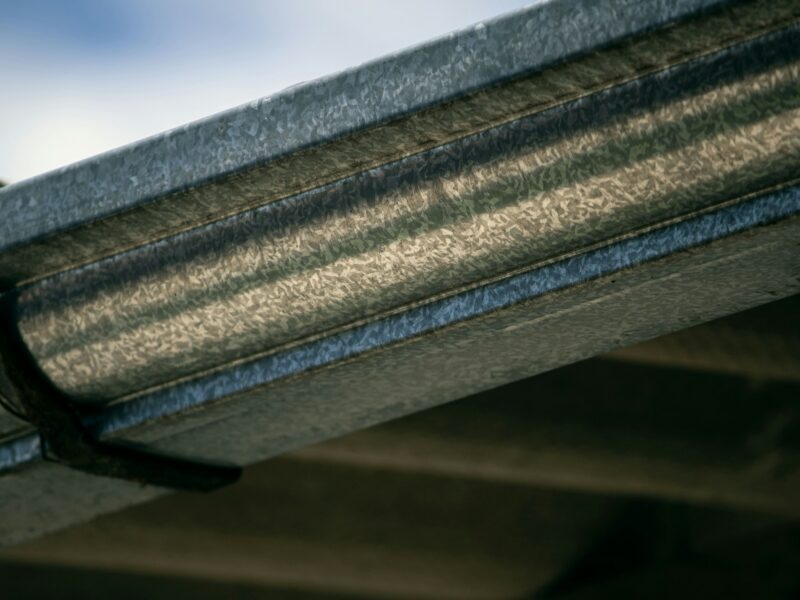The importance of the roof cannot be underestimated. It serves as a protective shield for your home, safeguarding you from various weather conditions. Therefore, when undertaking home repairs or renovations, the installation of a sturdy roof should be given top priority.
But many people assume that once the installation is done, that’s the end of the job. While this might appear to be done, further inspections will be necessary to ensure that you have a viable roof.
With that in mind, here’s what you need to know about roofing inspection after installation.
Contents
Benefits of Roof Inspection After Installation
The roofer or inspector can pinpoint any errors or shoddy craftsmanship that occurred during the installation. This will ensure that the roof is properly vented and the specifications of the job are met.
The roof inspection can look for potential water or air infiltration problems. This provides an additional layer of protection in the event of a leak, ensuring the warranty remains intact.
It will take care of minor repairs preventing any future issues. It will also help to extend the lifespan of the roof to ensure homeowners get the most out of their investment.
Warning Signs That Roof Inspection Is Necessary
One of the most common signs is if water stains appear on the ceiling or the attic. If you notice stains, it may be a sign that the roof has experienced water damage.
If shingles are curling or buckling, it is time for an inspection. Granules from the shingles washing off into the gutters can also be a sign that the roof requires attention.
Watch for missing shingles, too, as they can cause other problems that must roof repair. If you hear of animals or insects in the attic, it is time to consider having your roof inspected.
Steps Taken in a Roof Inspection
Start by checking all flashes and sealants to make sure they are properly adhered to the roof. This includes inspecting chimneys, plumbing vents, skylights, and ridge caps for any potential problems.
After that, it is time to check for any loose or missing shingles or tiles. If you have any of these problems, they should be corrected as soon as possible and the area should be resealed to prevent further damage.
Inspect the roof for any damage or wear, including spots, blistering, and cracking. Any cuts or open seams should also be examined to determine if further repairs are necessary.
How to Find Reliable Roof Inspection Professionals
Ask your friends and family for any recommendations. Third-party rating services can help uncover a potential roof inspector.
Once you’ve narrowed down your list, get quotes from each company and begin interviews. Question them on their roof certification, training, experience, services, and references, including the roof inspection cost.
Make sure that they are licensed, insured, and have good ratings with those rating services. For more information, check out 180contractors.com.
Why Roof Inspection After Installation Is a Must
A roof inspection after installation is necessary and is an important part of home maintenance. This guide has the necessary information to help you keep track of your roof’s condition.
Remember to regularly inspect and repair your roof as needed to save money and maximize longevity. Start today and be sure to contact an expert roofer for any questions or uncertainties.
Did you enjoy this topic? Then, explore the rest of our blog.



